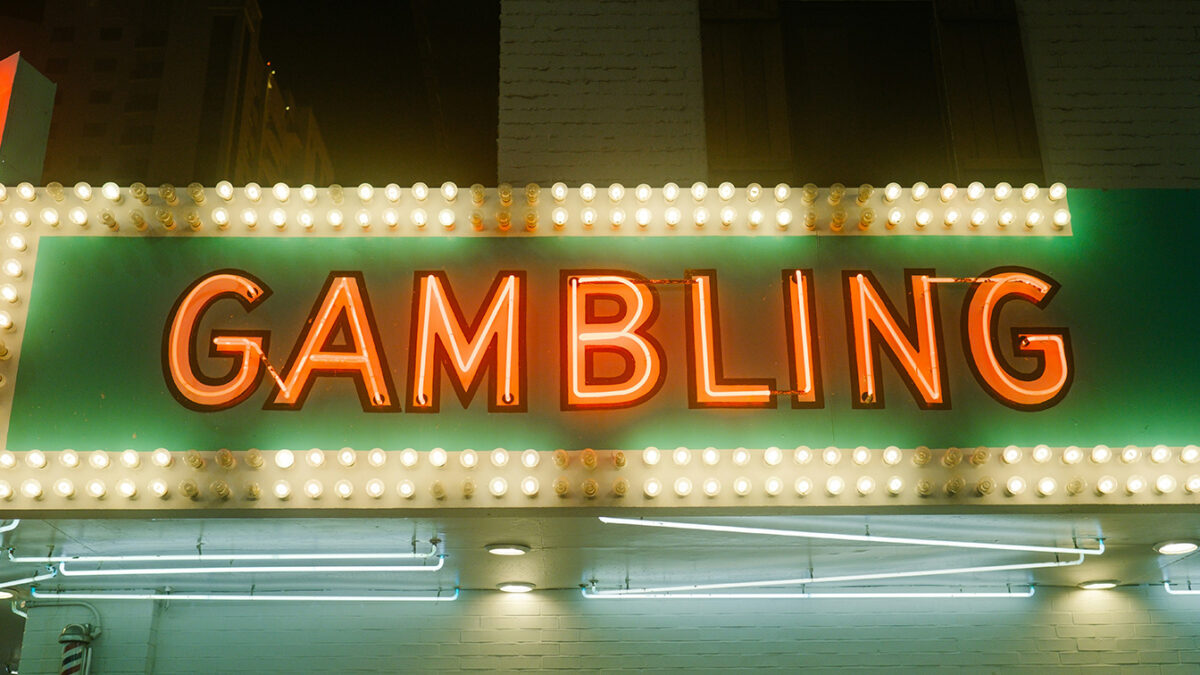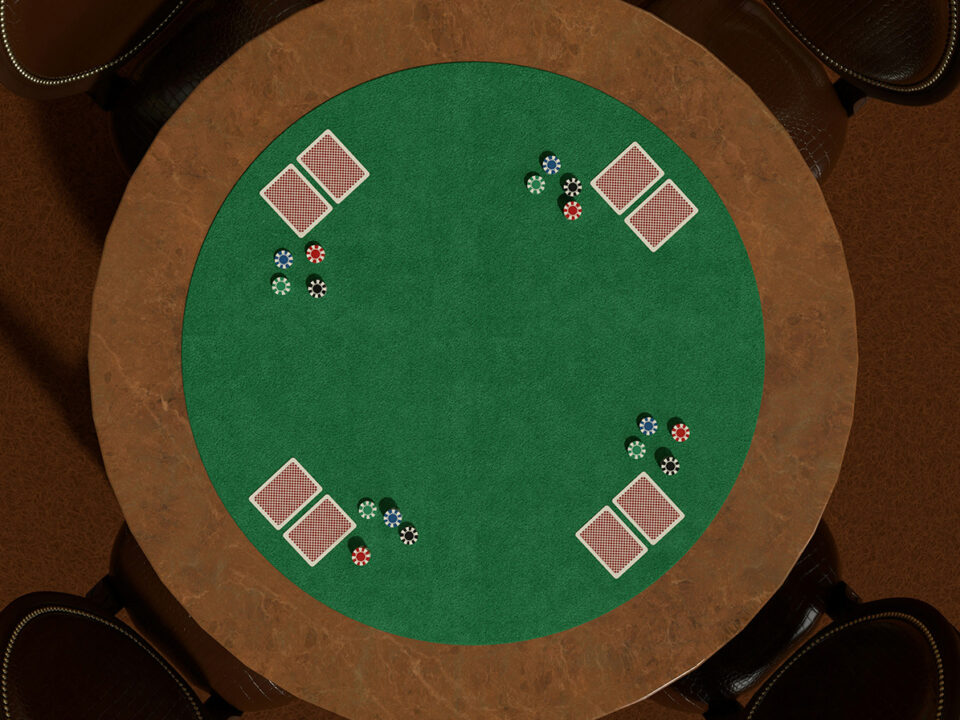At just about every casino in the world, you’ll see plenty of blackjack tables, with multiple people trying to beat the “house” at this popular card game. At first, blackjack might seem confusing, but with a little bit of explanation, you’ll be sitting at the table yourself in no time. Let’s explore all about Blackjack in this Seven Mile Casino poker blog.
Blackjack Rules and How to Play Blackjack
The game of blackjack is played between the dealer and one or more players. The object of the game is to end up with a higher point value hand than the dealer without going over the number 21.
Blackjack is played with a standard deck of 52 playing cards. Two through 10 count as their number value, face cards count as 10, and ace counts as either one or 11, whichever is best for the player’s hand.
A hand of blackjack starts off with every player receiving two cards. The dealer receives one card face up and one card face down. All other players get both cards face up.
Once each player has their starting hand, each player must decide whether to “hit” (get another card) or “stand” (accept their current hand value as final). If a player exceeds 21, that player “busts” and immediately loses.
Once every player has either chosen to stay or busted, the dealer reveals the second face-down card, showing the initial starting hand. Then, the dealer hits if their hand value is 16 or lower and stands if it’s 17 or higher.
The dealer can bust too, and if the dealer busts, every player who did not bust automatically wins. However, if the dealer safely reaches 17 or higher, the winner(s) are determined by whether each player has a higher hand than the dealer. Ties result in a “push”, with bets being returned, so only players with a higher point value win.
There are two special rules in blackjack giving players more options: Doubling down and splitting. When a player has only their initial two cards, they can choose to double down. This means the size of their bet doubles, and they get one more card. They are not allowed to hit additional times after doubling down.
Splitting is only possible if a player is dealt two cards that make a pair. By splitting, a player separates the two cards, gets a new card for each of them, and now plays two hands according to the rules.
Blackjack Strategy
Blackjack basic strategy centers on making decisions based on both the strength of your hand and the dealer’s face-up card. The primary object of the game is to minimize the risk of busting while maximizing your chances of ending up with a better hand than the dealer.
Because the dealer is forced to hit on a 16 or lower, cards like four, five and six give the dealer a high chance of busting. Conversely, if the dealer is showing a nine, 10 or ace, there’s a high chance that the dealer already has a very strong hand.
When the dealer is showing a bad face-up card, you want to take fewer risks and stand with a weaker hand. When the dealer is showing a good face-up card, you want to be riskier in trying to improve your hand.
Common Blackjack FAQs
Here are a few answers to frequently asked blackjack questions:
What is insurance in blackjack?
When the dealer is showing an ace, if their down card is a 10, the dealer makes blackjack, instantly winning. Any time a dealer is showing an ace, players have the option of making a bet that the dealer has blackjack. This helps offset the loss of the original bet if the dealer has blackjack.
How to Deal in a Blackjack Game
To deal blackjack, deal cards one by one to each player in the game, as well as to yourself as the dealer. Each player gets one card before anyone gets two, and the dealer gets each card last.
Wait to reveal the dealer’s face-down card until every player has busted or stood, and then process the dealer’s hand according to the rules above.
When Should You Double Down in Blackjack?
The classic case when doubling down is a good choice is when your hand value starts out at 11. With an 11, any 10 makes you 21, the best possible hand. A starting 10 is also a good double-down candidate.
However, doubling down also depends on the card the dealer is showing. When the dealer is showing a bad card, you can be more aggressive, doubling down on a nine. And when the dealer is showing a very strong card (a 10 or ace), you should only double down on an 11.
Blackjack takes a little practice to master the basics, but you can be playing after only a few minutes of explanation. As a beginner, you might make some mistakes and lose some winnable hands as you get a feel for when to stand and when to hit, but before long you’ll be winning your fair share of hands like everyone else.




